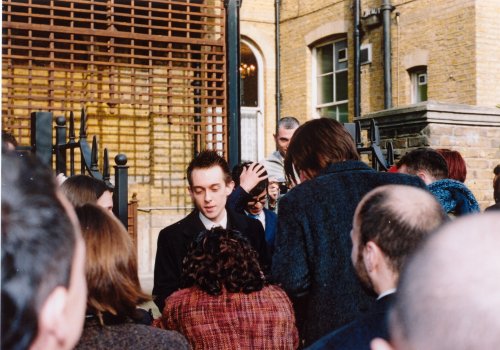Security
Or, a story of incompatibility
As part of all the building work that’s been going on at the office, we’ve been getting the security systems upgraded. A new alarm system, new motorised front gates,* and new electronic locks on most of the internal doors. All to be worked by RFID tags, kept on our keyrings and carried round all the time.
Now, being logical and sensible, we assumed that the company had specified either a single system, or compatible systems, so that we could use one single tag to unlock everything. Therefore we were pleased to spot, as the contractor** started to install the hardware, that all the sensors we could see came from the same manufacturer. Very sensible.
We each get a tag the other week, and start using it to open and shut the front gates. Three days ago, the contractor pops his head round the door to say he’ll be issuing us with the rest of the tags, the ones for the indoor locks, soon.
“The rest of the tags? We’ve already got one.”
Apparently, we need separate ones for the outdoor locks, the indoor locks, and the alarm system itself. Because “the systems are from different manufacturers.”
“But they’re not from the same manufacturers! We’ve seen them, and they’re identical! If you hold an outdoor tag up to an indoor sensor, it recognises it!”
“No it doesn’t.”
I held my “outdoor tag” up to the newly-installed sensor by the office door. It bleeped, and flashed a little green light at me.
“Well, I can try to set it up so that that tag unlocks this door,” the contractor said. “But it won’t work.”
(to be continued, otherwise this post would get a bit long)
* This is a Good Thing, because guess who’s job it is to unlock and open the old front gates every morning.
** Our usual security contractor, a friendly chap, who is very anal about making sure his cabling is put in and terminated neatly, but isn’t very good at setting up the security systems themselves properly.

 Home
Home


